I believe it is important for kindergartners to learn to write neatly. First, writing neatly means that they and everyone else will be able to read their writing. Imagine a year—or all the years of elementary school—hearing, “Your writing is so neat and easy to read” versus “This is so sloppy I can’t read it; you’ll need to do it over.” If you think handwriting doesn’t matter, think about this—good handwriting is all about attention to detail, striving for accuracy, and ownership, the real skills we are trying to develop.
As someone who has taught first and second grades—in addition to the many years of kindergarten—I know it is a lot easier to teach young children how to form letters correctly in kindergarten than it is to “undo” or “fix” poor handwriting in later grades. Therefore, I put the effort into ensuring my students leave kindergarten with the best handwriting possible.
How do I do it? What have I figured out over all these years?
Letter Formation Cues
First, I developed letter formation cues that tell students exactly what to do with their pencil. From the first week of school, we practice telling our pencil what to do. I model, saying the cue out loud and telling the students, “Watch. I will tell my pen what to do. I will make my pen do what my mouth says.” I move my pen down as I say, “Down,” and up as I say, “Trace it up,” and in a circle as I say, “With a circle.” After modeling, I say, “Now you try it. Say it just like I did. Tell your pencil what to do.” I love it when my classroom is abuzz with students telling their pencils what to do.
We work on writing first names for the first six weeks of school. Students write their name three or four times each day and for each instance it is a supervised practice. They are with me or my aide in small groups and we teach them how to form each letter in their name correctly. Whether they have three letters in their first name or 11, they will learn enough to implicitly know the basic rules about penmanship: you almost always start at the top, you almost always go left to right, and you don’t pick your pencil up unless necessary.
You might want to use your own cues; just make sure they are truly helpful in explicitly stating how to write each individual letter. Also, it takes a while for these to become a part of a teacher’s memory and speaking. If need be, keep the sheet handy and carry it around with you.
Teach Handwriting All Day Long
Second, after the first six weeks—when students can handle learning about more than one thing at a time—I incorporate letter formation reminders into many parts of our day. When we do the daily Name Game, I model how to write each letter by saying the cue (and my pen writes the letter exactly as my mouth is telling it to). A few months into the school year, when students know a lot of the cues and can say them by themselves, I’ll say, “You tell me how to write it. My pen won’t move until you tell it what to do.” Or, I’ll say, “Boss me around. Tell me what to do.” If I’m writing during phonics time or writing time or whenever, I will sneak in letter formation cues as long as doing so does not take away from the main focus of the lesson.
Hold Students Accountable
Third, I am steadfast in expecting students to write correctly (to the best of their ability) at all times. Anytime they write their name, my aide or I glance at it. We say things like, “Where’s your tall C?” “p is a hang-down letter,” “r should be the same size as your e,” and “You didn’t make your f the way I taught you.” Students are not allowed to put away or turn in work without showing it to me first. They know I will not accept it if they did not try their hardest. If my students do written work at the independent center during workshop time, they must show it to me immediately upon the close of that activity. They know that if their writing is messy (compared to their usual) I will ask them to go back and fix it. Most students do not risk it; they just usually try their best. And that is how good habits are born.
Students Write Often
Last, students get many opportunities to practice writing in my classroom. Today, for example, in February, we 1) wrote some -ar words during the phonics block, 2) practiced writing high frequency words during the independent center, 3) wrote math facts at the aide’s center during workshop, 4) some students wrote CVC words at my center during workshop, and 5) had our typical 25 minutes of writing time.
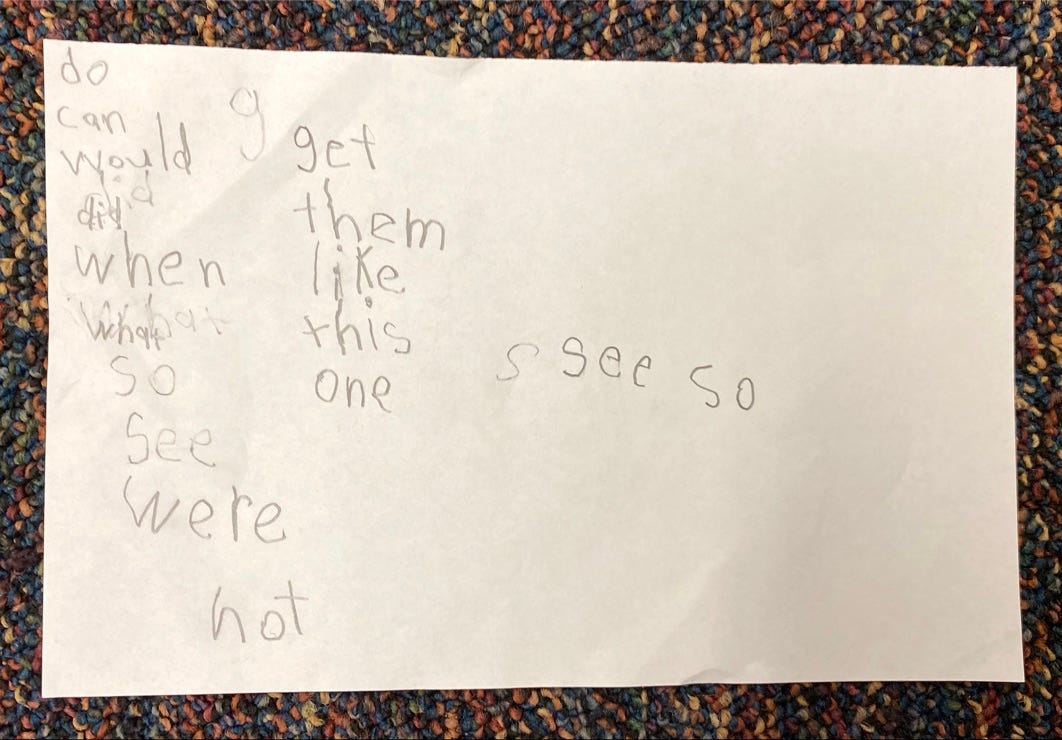
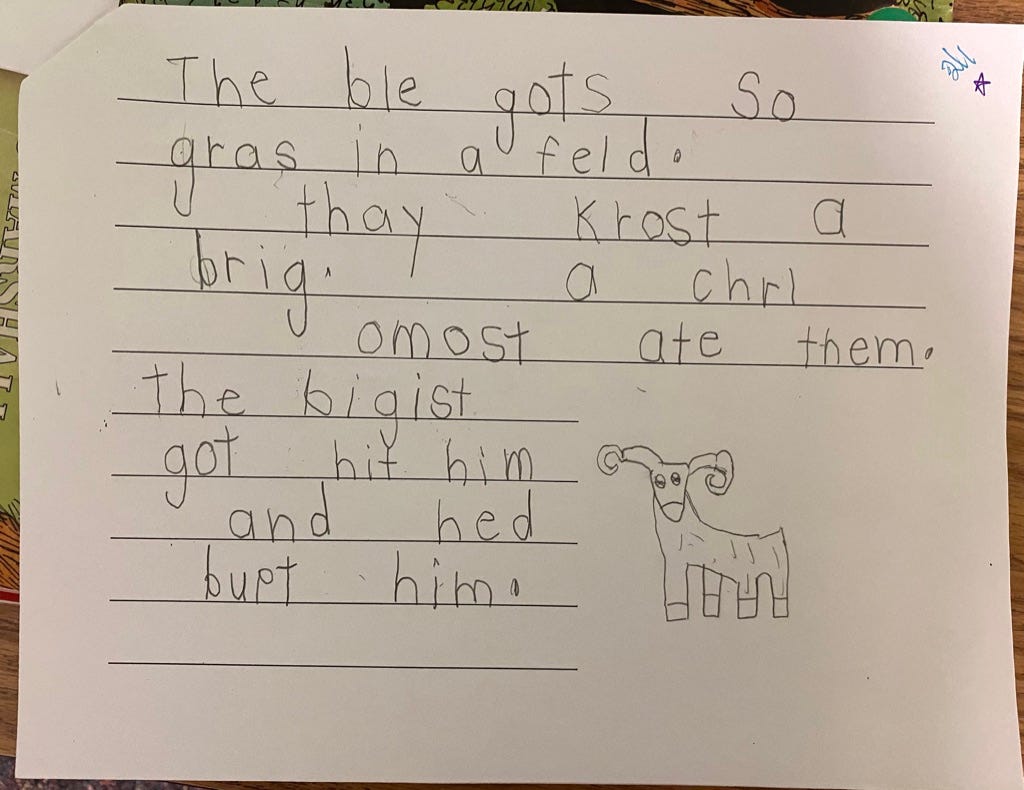
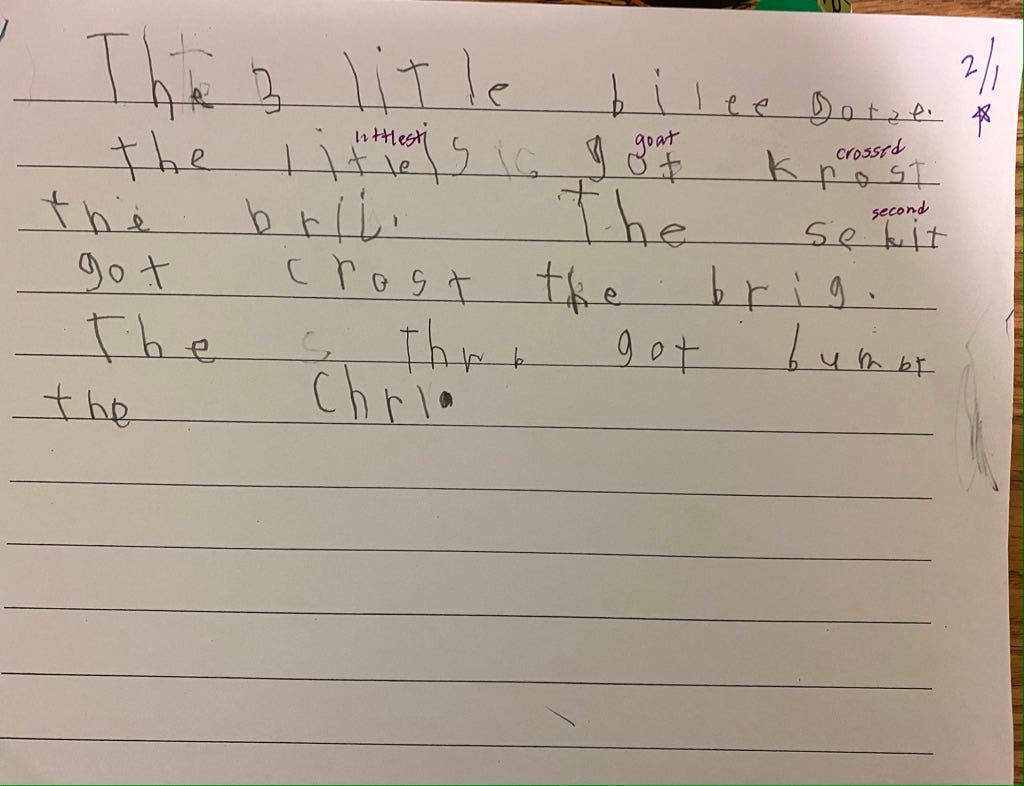
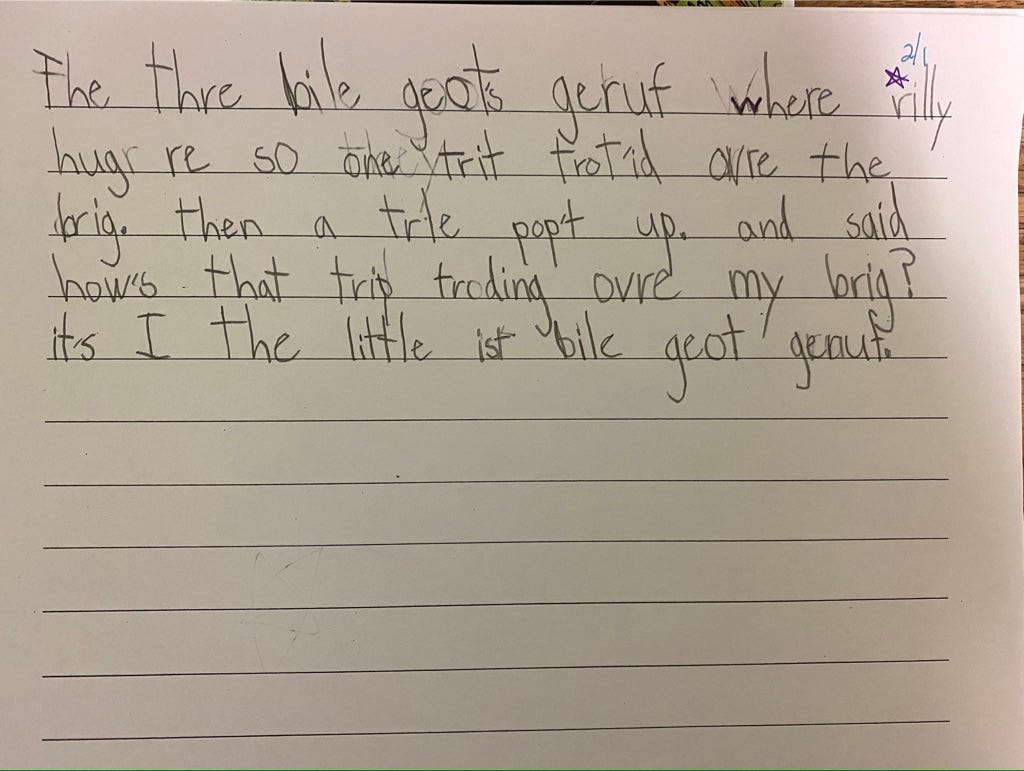
Write Right, Right From the Start
Again, it is crucial that students learn to form letters correctly right from the get go. Don’t let kids write however they want to, thinking that you’ll get to proper letter formation later in the year. And, please, please, do not let them write any which way for the entire kindergarten year, assuming the first grade teacher can repair their letter formation. If kids are writing often—as they should be—the way they form letters will become automatic very quickly. That is why you must teach them the correct formation immediately, continue to model it and reinforce it on a daily basis, and check every day to ensure that they are trying their hardest to apply what you teach them.
Letter Formation Cues - When you open the document, click on File then Make a Copy. This will allow you to save it and change the cues, if you so desire. I hope you find these helpful!

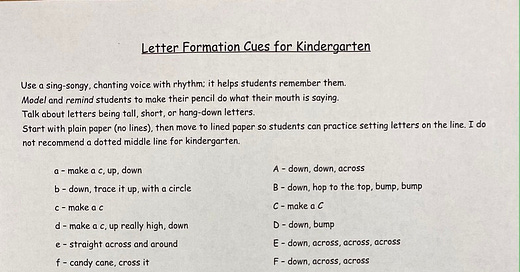




Hi! You should definitely show him his name! Showing his name in print and teaching him how to write the letters is a much different skill than listening to and explaining the sounds in his name. I don't know his age, but you can do the first--showing him his name in print--at any point. If you want to teach him how to write his name, use the letter formation cues and 1) model how to say the cue and make your pencil do exactly what your mouth is saying) and 2), if need be, do hand-over hand to help him write the letters and you say the cues together. You can practice one letter at a time and add the next letter in after he's good at the capital C.
If he's 5 or 6 (or a very bright 4 and ready, which he may be since he knows all the sounds), you can start talking to him about the sounds the letters in his name are making. You can say, "Letter c usually says /c/, /c/, /c/, but sometimes it says /s/, /s/, /s/. Which one is it saying in your name?" And just keep it simple with the y. Say, "Letter y has many sounds, and sometimes it says /i/, /i/, /i/. I like to say "behaving" or "misbehaving" about letters and their sounds. For example, the first two letters in his name are sort of misbehaving; the last three are behaving and doing the right thing.
Let me know if this helps or if you have further questions. Thanks for asking!
I love this - but don't know where to start with introducing my son's name (Cyrus) as it is so irregular! Would this be broken down as Sy - r - u- s? My son knows all the alphabet letter sounds and a few digraphs and that is where we are at. But I've avoided spelling his name out :/